
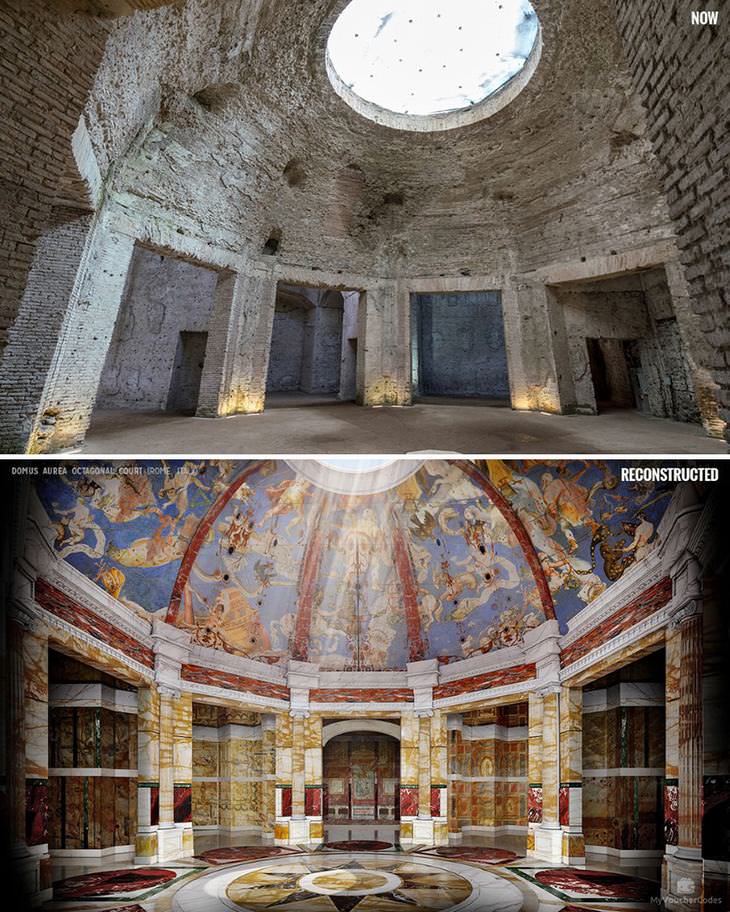
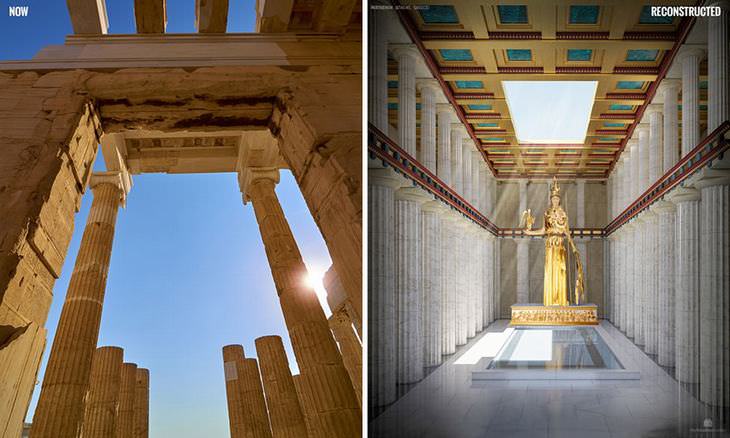

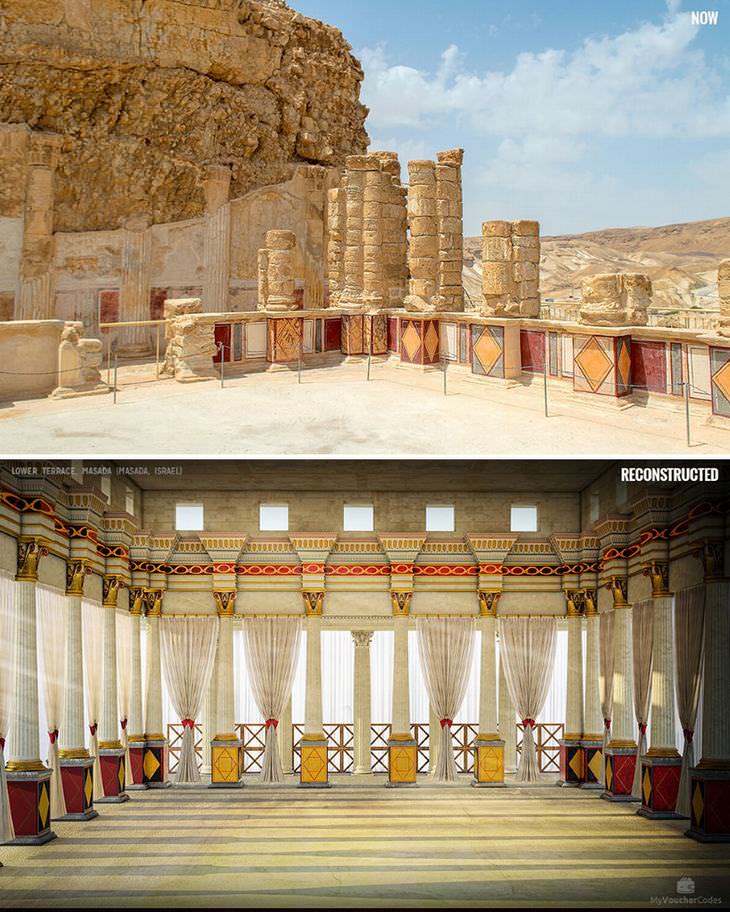
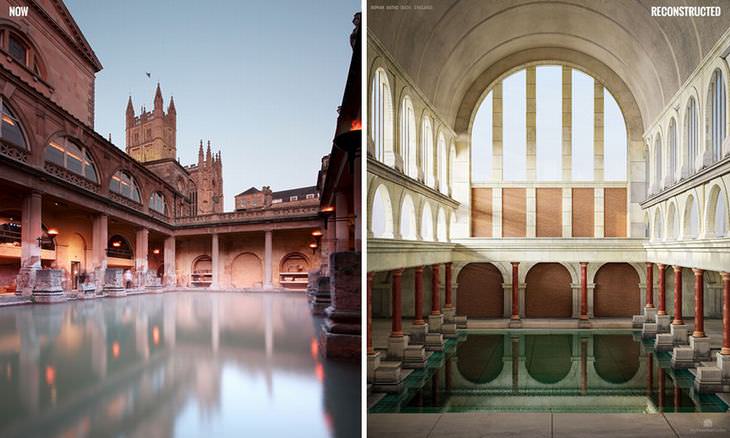
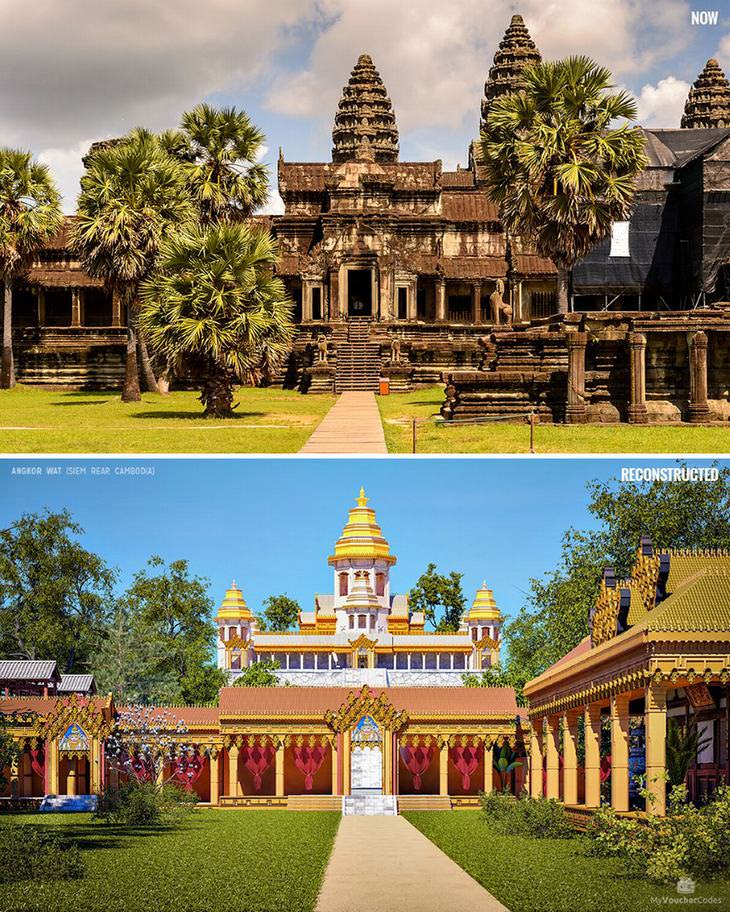
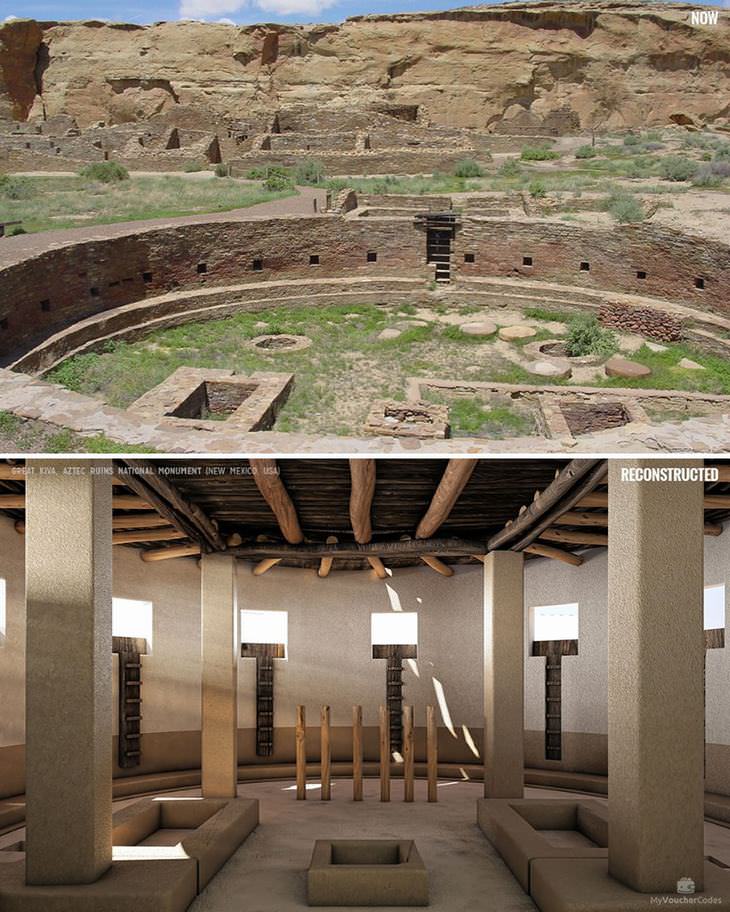
 5:22
5:22
Meet the People Who Make Hiking Trails Happen.
Ever gone hiking and started to wonder, "How did this trail get here?" Well, here's the answer for ya...
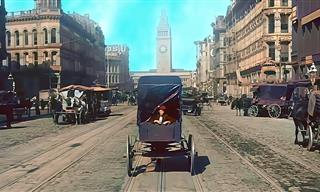 11:39
11:39
A Stroll Down Market Street, San Francisco in 1906
Hop on the wagon, we're going strolling down Market street in 1906's San Francisco with our horse and carriage!

This Family Makes Art. The Beach is Their Canvas
This family creates art together! Imagine what it would be like to wander on the beach and see their work in progress.

11 Unique Museums to Visit in the City of Prague
we've compiled a list of the top 11 must-visit museums in Prague!
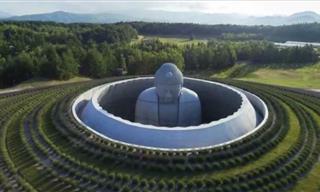
15 Stunning Examples of Architecture at Its Best
here are 15 examples of architectural structures from around the world that amaze everyone who envisions them for the first, tenth or millionth time.
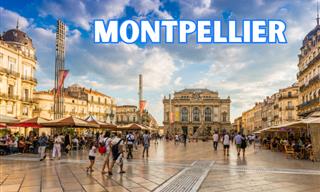
Welcome to One of the Most Beautiful French Cities...
Prepare to immerse yourself in all that Montpellier has to offer - discover what sights are truly worth seeing and experiences worth having.

Cuticle Oil: What It Is and How to Make Your Own
Cuticle oil is a skincare product that can work wonders for the health and appearance of your nails and the skin surrounding them. You can purchase ready-made cuticle oil in stores or online, but making it at home is simpler than it seems.

Research Shows: Just 2 Spoons of This to Lose Weight
Cider Apple vinegar is making headlines again following a study that found two tablespoons of it per day may greatly help with weight loss and improving blood sugar. Even more than expensive medications and treatments with many side effects.

Click These Old Photos to See Them in Full Color!
It's fascinating to think that now, we can actually see the past better than we could 30 years ago! Here you'll find 16 classic photos, click on each one to see it in full color.

These Award-Winning Pics Reveal the Many Faces of the Sea
Be transported to a stunning underwater world with 14 award-winning photos from the 2021 World Oceans Day Photo Contest.
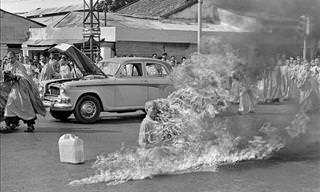
These Photos are Among the Most Powerful Ever Taken
Images can provoke great thought and institute great changes through their power, and these 10 are no exception. Take a look at these powerful images.

Create 17 Wonderful Objects from Your Old Kitchen Tools
We all have quite a few unused kitchenware, and the following 17 ideas will let you take them out of the closet and use them in very original ways.
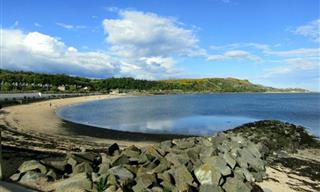
12 Deceptive Photos That Will Really Mess With Your Mind
These misleading photos will mess with your mind and make you look twice...

When History Comes to Life: 21 Colorized Moments
Enjoy this amazing collection of colorized history photos.

15 Mall Photos That Capture the Retro Shopping Scene
These throwback mall pics are a blast from the past.

Bask in the Glory of Mother Nature
After taking a look at these amazing photos, it should become clear that Mother Nature is a force to be reckoned with!

These Photos Will Make You Look Twice... Then Three Times!
These photos all require a second and third look to understand.
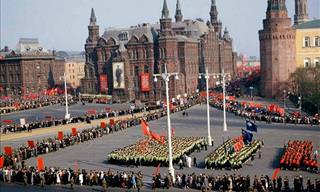
20 Previously Unseen Photographs of Stalin's USSR
Twenty photographs of never-seen-before Stalin-Era USSR taken by Martin Manhoff.

16 Pictures That Will Make You See the World Differently...
Thanks to the following series of images, your point of view about different things is going to change. Just take a look for yourself!
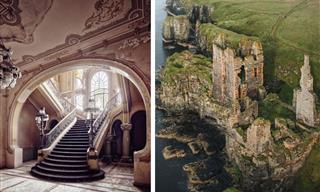
17 Beautiful Abandoned Structures Reclaimed by Nature
All these beautiful buildings have been abandoned for years and reclaimed by nature. The results are hauntingly beautiful!
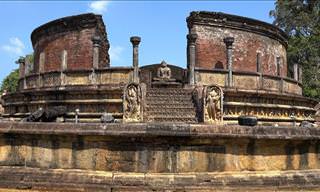 4:27
4:27
See Polonnaruwa - A Magical Medieval City In Sri Lanka
Polonnaruwa was the seat of the Sinhalese kingdom that ruled over Sri Lanka between the 11th and 14th centuries. Take a look at this stunning city.

The Artful World of Embroidery: 14 Inspiring Pics
These guys are seriously talented!
 10:05
10:05
This Skyscraper Will be the Tallest Garden in the World
This Australian skyscraper in the city of Melbourne will soon become the tallest vertical garden in the world!
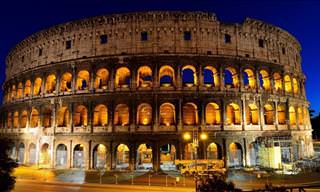
What Did the Romans Ever Build for Us? This, This, This...
Take our tour of the Roman Empire's most magnificent ruined structures. Just how did they achieve so much!

15 Captivating Celebrity Pics from a Bygone Time
These vintage snaps of celebrities back in the day will make you feel nostalgic.

20 Magical Pics Capturing the Charm of Childhood
Photographer Iwona Podlasinska takes cozy and magical photos to depict the charm of childhood.

These Colorful Photos Are An Affirmation Of Life's Beauty
These photos are concrete evidence of the existence of beauty in every nook and cranny of our world. What's more, they'll fill your heart with joy and wonder.
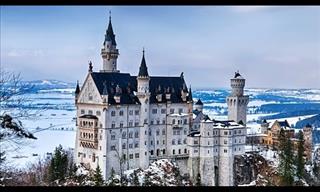 4:51
4:51
How an Insane King Built the World’s Most Beautiful Castle
Neuschwanstein is most recognized castle, famous for its fairy tale like appearance. But the history of this stunning castle is no fairy tale

A Glimpse at Halloween Festivities in the '20s and '30s
These vintage Halloween photos will give you the real chills.

Beautiful Sunset Stories Told Through Photos (12 Pics)
Aaditya Bhat’s stunning sunset photo stories will leave you captivated.
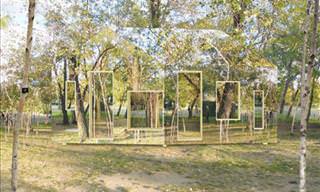
These Buildings Blend In So Well, You Might Miss Them...
The architectural design of these places will baffle you!

19 Pictures That Prove Your Eyes and Brain Are Lying to You
Each of these 19 pictures will cause you to linger in front of it for a few seconds trying to figure out what it is that’s really going on in them!

These Hilarious Pics Prove That Mankind is Probably Doomed
There's more evidence of mankind being doomed than the alarmist media reports on your TV! Take a look at these 20 hilarious photos.

Here Are 14 of the Funniest Wildlife Pictures You Will See
Sometimes wild animals can be pretty amusing without realizing it and these hilarious pictures show them at their funniest!
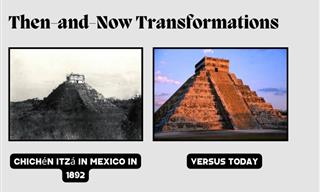
Time Changes Everything - 22 Amazing Before & After Photos
Click to discover some special before and after transformation photos.
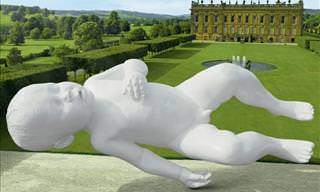
These Crazy Statues Will Really Mess with Your Head...
Check out these 15 bombastic sculptures that simply appear to defy the laws of physics. Take a look for yourself!
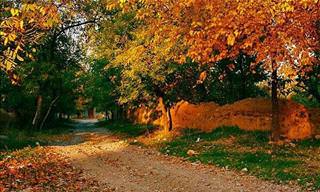
The Undeniable Beauty of Autumn: 18 Gorgeous Fall Scenes
You are invited to take a visual tour and look at a collection of fall photographs gathered from different places around the world. After seeing these 16 pictures you'll probably make fall your favorite season!

These Stunning Photographs Capture the Glory of Nature
The winners and finalists of the BigPicture Natural World Photography Competition highlight how breathtakingly gorgeous our Earth is.

Let Your Eyes Swim With Whales and Dolphins...
Take a look at this stunning photo collection of beautiful whales and dolphins by British Photographer Christopher Swann.
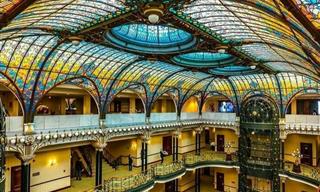
14 Magnificent Examples of American Architecture
Here are 14 photos that will showcase the marvels of American architecture.
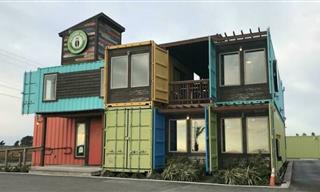
17 Creative Ways Old Buildings Found New Lives
These repurposed buildings will surprise you.

In Pictures: International Dog Photography Award Winners
Check out the amazing winniers of the International Dog Photography Awards.
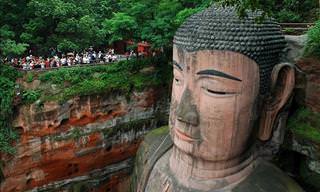
7 Incredible Ancient Engineering Feats to Astound You
Our ancient ancestors were incredible engineers as you're about to learn from this infographic.
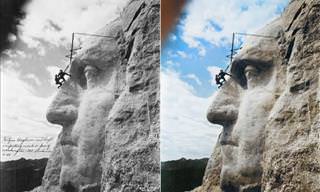
Who Said History Has To Be Black and White?
Have you ever wondered how famous historical photos would look like in color? Wonder no more...
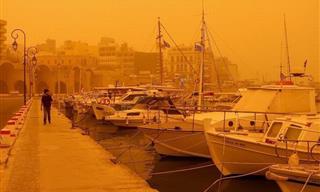
These Pictures Look Like They Were Taken In Another World
The pictures you're about to see appear as if they were taken on another planet. Enjoy these 23 amazing extraterrestrial-looking pictures.
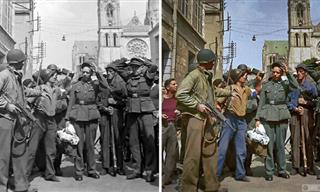
A Fresh Look at History Through 20 Colorized Photos
Here's a collection of 20 colorized photos that will change how you see history.

In Pictures: 2024 Black & White Photo Contest Winners
Check out the exceptional winners of the 2024 Black & White Photo Contest.

Japanese Artist Lito Creates Magical Leaf Art (18 Pics)
Japanese artist Lito elevates the art of leaf carving with his unbelievably intricate designs.

Aerial Wonders: The Best Drone Photos of 2024
Marvel at the most atounding drone photos of 2024.
To enable your Ad-Free Subscription, please fill the fields below
Your subscription was successful, now you can enjoy an ad-free experience!! Note: To make sure you get no ads, please make sure to log in to your account. If you are logged in already, then refresh the page. The subscription can be cancelled at any time.


